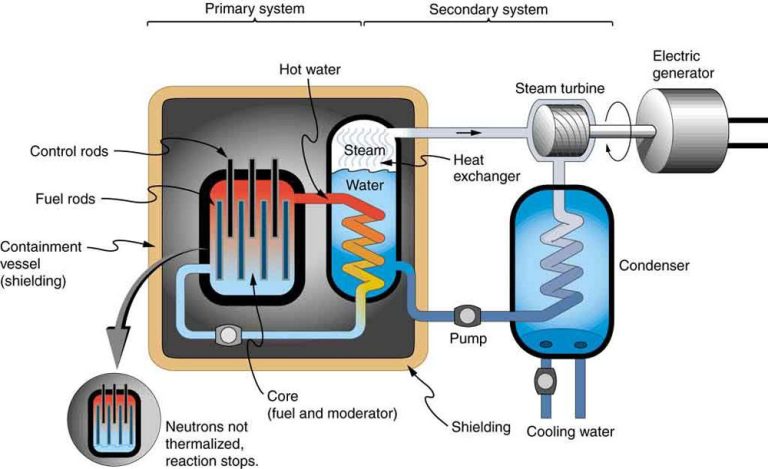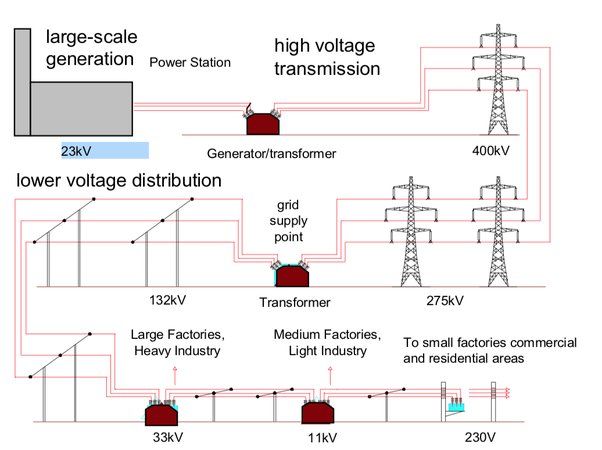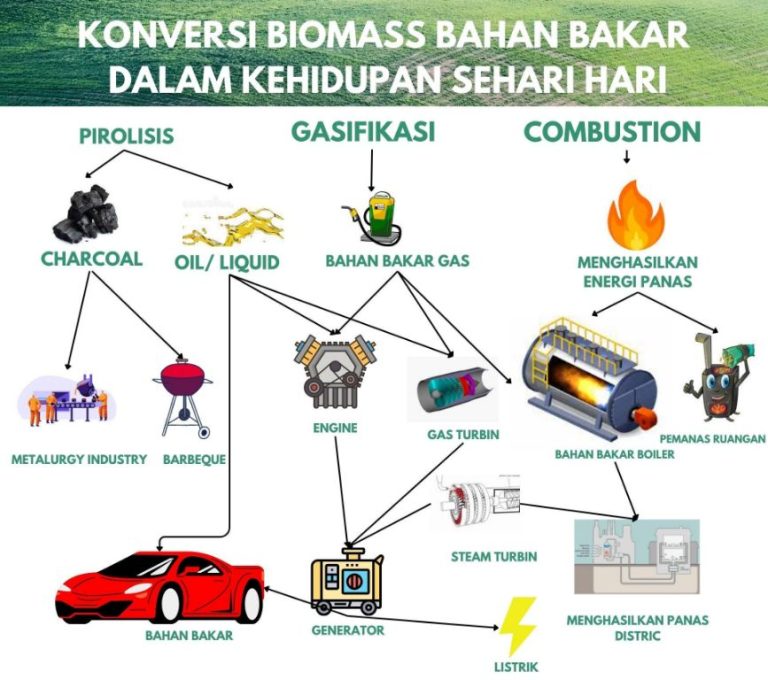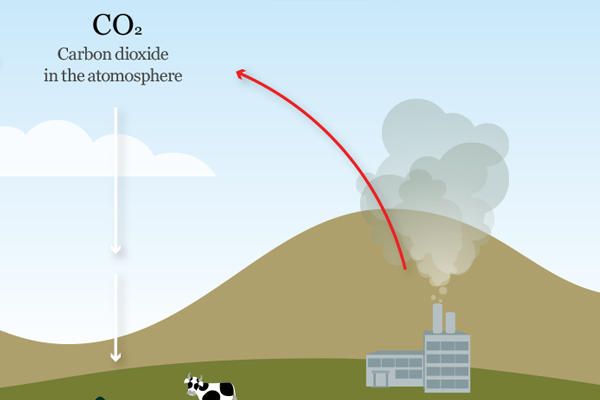How Much Of Africa Uses Renewable Energy?
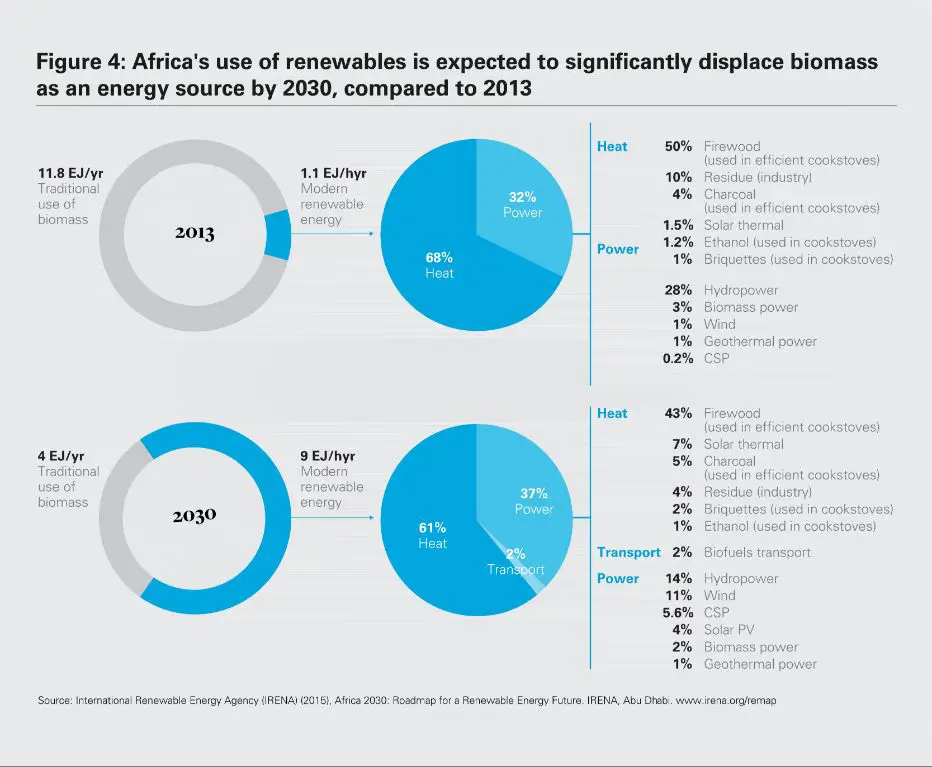
Renewable energy sources are naturally replenished and include solar, wind, hydroelectric, geothermal, biomass, and ocean energy. With climate change threatening the planet, there is an urgent need to transition from fossil fuels to clean, renewable energy. Africa has tremendous potential for renewable energy due to its abundant natural resources, yet the continent still relies predominantly on fossil fuels. This article will examine the extent to which African countries utilize renewable energy by looking at current adoption levels, growth trends, leading countries, types of renewable energy, challenges, government support, investments, and the future outlook. Understanding renewable energy usage in Africa provides insight into the continent’s energy transition and sustainable development.
Current State of Renewable Energy in Africa
Africa has tremendous renewable energy potential, but as of 2020, only 5% of its total final energy consumption comes from renewables. This is far below the global average of nearly 11% (Source). Hydropower accounts for around half of Africa’s renewable energy mix, followed by bioenergy, solar, wind, and geothermal. As of 2021, hydropower represents 35 GW of installed capacity, while other renewables represent 12 GW. Solar capacity grew from just 90 MW in 2010 to over 8 GW by the end of 2021 (Source). While Africa’s 5% renewable share is low globally, it still represents progress, as it was less than 1% just two decades ago. Renewables now generate over one third of electricity capacity additions each year in Africa.
Growth of Renewable Energy
The use of renewable energy in Africa has grown substantially over the past decade. According to Statista, between 2010 and 2020, total investment in renewable energy projects in Africa increased from $3.6 billion to $11.4 billion, more than tripling during the period. (Statista) The United Nations also reports that electricity generation from renewable sources increased at a rate of 3% annually between 2010 and 2018.
The main renewable energy sources that have driven this growth are solar, wind, hydropower and geothermal. Solar energy in particular has seen massive growth as the costs of solar panels have declined dramatically. Africa’s abundant solar resources, especially across the sunbelt region, make solar an ideal source of affordable and clean energy. Countries like Kenya, South Africa, Morocco and Egypt have invested heavily in large-scale solar installations and distributed solar solutions.
Wind energy growth has been more modest but a number of major onshore and offshore wind farms have been built in South Africa, Morocco, Kenya and Ethiopia. Large hydropower capacity has grown steadily with major dam projects in DR Congo, Ethiopia, Mozambique and Sudan. Geothermal energy has seen rapid expansion in East African countries like Kenya and Ethiopia that sit along the Rift Valley geothermal hotspots.
Overall, these positive growth trends and trajectory suggest renewable energy will continue its rapid rise across Africa in the coming decade as more governments push for electrification and transition their energy mix toward clean sources.
Leading Countries
Some of the leading African countries in renewable energy adoption include Egypt, South Africa, Algeria, Morocco, and Kenya. Egypt currently has the highest renewable energy capacity on the continent at 6,770 MW, the majority from hydroelectric power. South Africa follows with 5,360 MW, primarily from solar and wind energy. Algeria, Morocco, and Kenya have also made major investments in renewable energy in recent years.
According to the Mo Ibrahim Foundation, the countries with the highest share of renewable energy as part of their total energy mix are Kenya at 85%, Ethiopia at 93%, and Zambia at 94% (Mo Ibrahim Foundation). Kenya generates the majority of its renewable energy from geothermal and hydropower, while Ethiopia and Zambia rely primarily on hydropower. Several North African countries like Egypt and Morocco have also set ambitious targets for increasing their renewable energy capacity in the coming years.
Overall, countries across Africa have demonstrated growing commitment to adopting renewable energy sources and reducing reliance on fossil fuels. The leading countries are paving the way through sizable investments, supportive policies, and strategic partnerships in the renewable energy sector.
Types of Renewable Energy Used
Africa has vast untapped potential for renewable energy from sources like hydro, wind, solar, and geothermal. Here is a breakdown of the main types of renewable energy currently used across the continent:
Solar: Solar energy is one of the fastest growing renewable sources in Africa. Countries like South Africa, Egypt, Algeria, and Morocco lead in installed solar capacity. Large-scale solar farms provide power to the grid, while small-scale solar installations are spreading in rural areas without access to electricity.1
Hydroelectric: Dams across major rivers provide a significant share of renewable electricity in countries like Ethiopia, Zambia, and Mozambique. Africa has vast untapped hydro potential, especially in central and east Africa. However, droughts have impacted hydropower output in recent years.2
Wind: Wind power is growing mostly in North and South Africa. Morocco and South Africa have major onshore wind farms feeding into the grid. Countries like Kenya, Ethiopia, and Tanzania also have growing wind power. Offshore wind potential remains largely untapped.3
Geothermal: East African countries like Kenya, Ethiopia, and Tanzania lead in geothermal capacity. Kenya generates up to 50% of its energy from geothermal. There is potential to expand geothermal across the East African Rift Valley.2
Challenges
Expanding renewable energy in Africa faces several key challenges. According to the IMF, the biggest obstacle is financing “Financing Renewable Energy in Africa—Key Challenge of the Sustainable Development Goals.”
High upfront costs make renewable energy projects difficult to finance, especially given limited access to capital in many African countries. Most renewable energy projects rely on foreign direct investment and funding from development banks. Raising private investment remains difficult due to real and perceived risks.
Intermittency of power generation from sources like solar and wind also poses technical challenges for grid integration across Africa. Transmission infrastructure is lacking in many nations to connect new renewable energy to demand centers.
Finally, lack of clear legal and regulatory frameworks in many countries slows renewable energy growth. According to research by Agoundedemba, despite year-to-year increases, renewable energy development still lags potential across Africa due to these challenges.
Government Support
Governments across Africa have implemented various policies and initiatives to support the growth of renewable energy on the continent. There is a widespread recognition that renewables can help meet rising energy demand, increase energy access, and support sustainable development goals (AfDB).
Many countries have set renewable energy targets and implemented regulatory reforms to attract investment. For example, South Africa aims to procure 17.8GW of renewable energy by 2030 under its Integrated Resource Plan. Kenya aims to achieve 100% renewable energy in electricity generation by 2050. Regulatory agencies have been established in countries like Nigeria, Tanzania and Uganda to oversee regulations and policy in the power sector.
Governments are also providing incentives like tax breaks and guaranteed power purchasing through feed-in tariffs. Public financing through initiatives like the Sustainable Energy Fund for Africa (SEFA) provides needed early stage project support (AfDB).
While progress has been made, challenges remain around policy stability, regulatory frameworks, and financing. Overall, government support has been crucial for driving growth in renewables across Africa.
Private Sector Investment
The private sector has played an increasingly important role in investing in renewable energy projects across Africa. According to a report from USAID, the private sector accounted for over 90% of grid-connected renewable energy generation capacity added from 2010-2020 1. Major companies involved in financing and developing renewable energy in Africa include Sun Africa, Scatec Solar, Lekela Power, Globeleq, and many more.
Some of the reasons private companies are drawn to investing in renewables in Africa include rapidly growing energy demand, favorable government policies, lowered technology costs, and the presence of international finance institutions that help mitigate risk. International investment has been key, with companies from the US, UK, France, Norway and others leading the way. Investments have gone to onshore wind, solar PV, hydropower and geothermal projects across the continent.
While private investment has boomed, challenges remain in scaling up further, including grid connectivity issues, perceived political risks, and underdeveloped local financial markets. However, the long-term trends point to continued growth in private financing of renewable energy to meet Africa’s expanding energy needs while also contributing to sustainable development.
Future Outlook
The future for renewable energy in Africa looks promising, with predictions that renewables will continue to see strong growth in coming decades. According to a report by the International Renewable Energy Agency (IRENA), Africa could meet nearly 67% of its energy needs from renewable sources by 2030, and 79% by 2040 (IRENA, 2021). This growth will be driven by continued falling costs for solar and wind energy, enabling more countries to transition away from fossil fuels.
One of the most ambitious renewable energy plans on the continent is South Africa’s Integrated Resource Plan, which forecasts renewables will make up 34% of the country’s energy mix by 2030, up from around 5% today. Morocco also aims to have 52% of its installed electricity capacity powered by renewables by 2030 (RES4Africa, 2023). Many other countries across Africa have set renewable energy targets for 2030 and beyond.
Experts predict solar energy will see massive growth, owing to Africa’s abundant solar resources and the rapidly decreasing costs of solar PV technology. Both on-grid and off-grid solar applications will expand to provide affordable electricity access. Wind, geothermal, and hydropower are also expected to grow in the coming decades.
Conclusion
Renewable energy has great potential in Africa due to the continent’s vast solar and wind resources and availability of other renewable sources. While hydropower currently dominates, solar and wind energy are growing rapidly aided by positive government policies, international funding, and private sector investments. Key African countries leading in renewables include South Africa, Morocco, Kenya, and Ethiopia. Though challenges remain, the future outlook is positive as costs continue falling and more projects come online. With proper support, renewables can help provide affordable and reliable electricity across Africa, spur economic development, reduce carbon emissions, and improve energy security and access.
In summary, renewable energy comprises a small but fast-growing share of power generation in Africa. With supportive policies, technological advances, and strategic investments, renewables can play a major role in sustainably meeting the continent’s electricity needs and support development objectives.

